More tips for managing diabetes while traveling around the world from Cazzy Magennis, of Dream Big Travel Far!
I have a love hate/relationship with heat. It’s partly to do with my Irish skin; I tend to get burnt quite easily, and frequently. However, I do love the sunshine, and I love visiting countries with a warm climate and embrace long walks, BBQs, water sports and a little bit of sunbathing.
Having type 1 diabetes can mean your relationship with heat is a little more complicated, because of the effect it has on our blood sugar levels, and consequently insulin, monitors, etc.
So here is my guide on how to manage your blood sugars in the heat!
Blood Sugar & Heat
The sun is a powerful force, and it can actually cause you to fall into hypo. I don’t know the scientific reasoning for this, but it may be something to do with sweat. It doesn’t happen for everyone, but I am one of the lucky few who get to experience hypos when I am in the sun too long.
How do we manage this? Here are some of my tips for insulin pumpers and pen users!
Insulin Pens
If you are going to a warm climate for more than a couple of days, reduce your long-acting insulin (this could be Lantus or Levemir) by around 20%. This is dependent on every individual, but if I am just lazing around in the sun for a day, I usually find this helps.
If you are in the sunshine but also undertaking physical activity whether that be on the beach sports such as volleyball, or water sports like surfing or bodyboarding, you need to reduce your insulin even higher to take into account the low blood sugar results of physical activity. If you are spending the whole day engaged in physical activity in the sun, reduce your background insulin by 40-50% and be aware when you bolus for food that you are active and in the sun, so maybe take a quarter less than you normally would.[/li_item]
Keep a diary. If this is your first time in the sun, or doing physical activity in a hot climate, then take note of how your blood sugars react to changes. You could actually start day one in a new climate with your normal blood routine, take note of all blood sugar lows and peaks, then adjust for the next day. Keep a diary on day two, and if you need further adjustments, then make them. By day three your blood sugars should behave for you.
Drink lots and lots of water, this can help with insulin circulation and dehydration can also have an effect on your blood sugars. We don’t want to add further complications into the mix, so stay hydrated.
Insulin Pumps
The magic of insulin pumps is that they have different applications within the pump that can help when we enter a new climate, or just spending the day in the sun. These are a temporary basal rate, a multi-wave or dual bolus, or an extended wave.
These are the types that are on my insulin pump by Roche, your pump may have them under different names, but to give you an idea of what ones are useful for heat, I have explained them below.
Read More: Tips for Traveling With an Insulin Pump
Temporary Basal Rate
“A temporary basal rate allows an immediate short-term change to your basal insulin for a specified period of time (30 minutes to 24 hours).” – Medtronic
This means you can reduce or increase your insulin by a certain percentage for the period of time you need it- this is very useful if you are trying to manage your blood sugars in the heat sporadically, so for example, if you are spending a day hiking in the sunshine, or lazing on the beach, then you can put your temporary basal rate and reduce your insulin by 50%- or whatever you have found works for your own body.
You can set this for the time period you are in the sun, around 10-6pm, then once this time has finished, your temporary basal rate will stop and go back to your normal basal routine! It’s a good idea to discuss with your DSN before your try your first temporary basal rate because how much you reduce depends on how sensitive you are to insulin, and how much you are already on!
Dual Wave or Multi-Wave
“Dual Wave bolus delivers a combination of an immediate Normal bolus followed by a Square Wave bolus. The Square Wave portion is delayed evenly over a period of time. A Dual Wave bolus is useful for meals with both rapidly and slowly absorbed carbohydrates.” – Medtronic
Eating carbs in the sunshine, combined with the sunshine, and/or activity, can mean you can drop or go higher depending on your body. Check with your diabetes team on the best way you could use this wave to manage your blood sugars in the heat.
As before keep a diary and monitor what your body is doing, if you can correct it the first day, then it will be easier for you to keep smooth blood sugars on the rest of your trip. A pump allows you to be a bit more spontaneous, so take advantage of all the features it offers.
Also make sure your hydrated! This is for non-diabetics too, dehydration can make anyone seriously ill quickly.
Is Freestyle Libre Useful?
If you can/have a freestyle libre or CGM, these are great for (almost!) being able to predict what your blood sugar is going to do, and a really useful tool for managing your blood sugar levels while in the sun.
What is the Freestyle Libre?
The Freestyle libre is a wonderful new system that enables type 1 diabetics to scan their blood sugars instead of finger pricking. It takes a reading and creates a graph type view so you can see the pattern of your blood sugars on a 8 hour window and has arrow that will indicate whether your blood sugar will stay at the number it is at, go higher, or go lower, this is a great tool to help you catch a low blood sugar and avoid a high blood sugar.
The libres accuracy really depends on the individual, but you can usually expect it to be out by 1-2 mmol which is similar to the difference between blood glucose monitors.
I used it extensively in South America, I tested every 15 minutes in the sun with an easy scan and was able to catch a good view of hypos! It does not eliminate the need for finger pricking, but definitely, reduces the number of finger pricks and helps give your fingertips a much-needed rest!
What is a CGM?
A continuous glucose monitor is a small wearable device that tracks your glucose throughout the day and night, and notifies you of highs and lows so you can take action when needed- it helps eliminate the guesswork based on one glucose reading, and it is an excellent device to help manage your blood sugars in the heat, however I have not had the luxury of trying a CGM yet due to the cost, but it is something I am definitely working towards acquiring one in the future.
Blood Sugar, Heat and Alcohol
This can be a tricky mix. If you have not mastered the art of drinking with type 1 diabetes (I say art because it takes practice to not hypo!) Then I would seriously consider speaking to your DSN before you decided to lounge in the sun and sip on cocktails all day. There are great ways on the insulin pump to help make this possible.
A temporary basal rate is a useful tool when drinking in the heat.
Depending on the type of alcohol you are drinking, your blood sugar will spike then drop again, and it has a delay of dropping off 12 hours, so you need to remember your blood sugars aren’t safe again until 12 hours after you have stopped drinking.
As a rule for myself, I try to stick to neutral spirits, such as Vodka and a diet mixer, as this won’t cause my blood sugar to rise because there are no carbohydrates in either, so I can focus on avoiding the low, with a temporary basal rate, or eating while drinking.
This is not to say I avoid cocktails, I love a good strawberry daiquiri or pina colada, but I wouldn’t drink only them otherwise I would have both a sugar and hypo hangover!
Consult with your doctor before you drink in the heat, but it’s honestly a trial and error situation, and you will eventually find a balance that works for you.
Other Tips
Despite all the planning and work we put into trying to avoid hypos in the heat, sometimes they will still happen so here are some other tips I have learned.
- Carry extra supplies of sugar that are easy and convenient to place in your pockets, a backpack or even a pump strap- dextrose is a decent buy!
- Always carry small coinage in case you run out of sugar and need to buy a sugary drink. This has happened to me in Brazil, I was trying to adjust to the sunshine and I took a bad hypo which meant I had eaten all of my supplies that were out with me, but thankfully I had some small change ready to buy a sugary drink.
- Avoid sunburn. Sunburn can cause your blood sugars to go higher or lower, depending on your body, so eliminate the stress of this by making sure you are sun protected! This is particularly important for diabetics who experience neuropathy in their feet, you might not even realize you are burning, and it takes a lot longer for your feet to heal, so as a rule make sure your feet are covered in sunscreen before you leave the house!
Even if you aren’t diabetic, it is super important to protect your skin at all times!
- Protect your equipment. Insulin can die in the heat as it is only made to last a particular temperature, this is why carrying your insulin pens in a Frio bag is so important if you are going out for the day. If you are on an insulin pump you can actually get really useful Frio cooling covers for them to stop your insulin pump from overheating and dying in the heat.
- Ladies, don’t put your insulin pump in your bra on a hot day, this increases the risk of insulin dying, and this is from experience when I spent a day in Rome wondering why I felt like I was going to die, only to realize my insulin had died because it was so warm! Get yourself a waist belt, or Travel Bra which has an external area for the pump that doesn’t touch your skin.
- Get new insulin! If your insulin is damaged by heat then it can become cloudy and grainy and stick to the side of the glass, or it can go a brownish color. If your insulin looks like this, do NOT use it.
- Keep your diabetic monitor out of the heat. They can overheat and just not turn on. I have also made that mistake by forgetting to put my monitor in the shade and it took a while for it to turn back on.
- If you take all the necessary precautions then there is no reason you can’t manage your blood sugars in the heat!
Please remember I am not a health professional and this advice is based on my own experience, so please consult your doctor or health professional before you try anything new with your diabetic care.
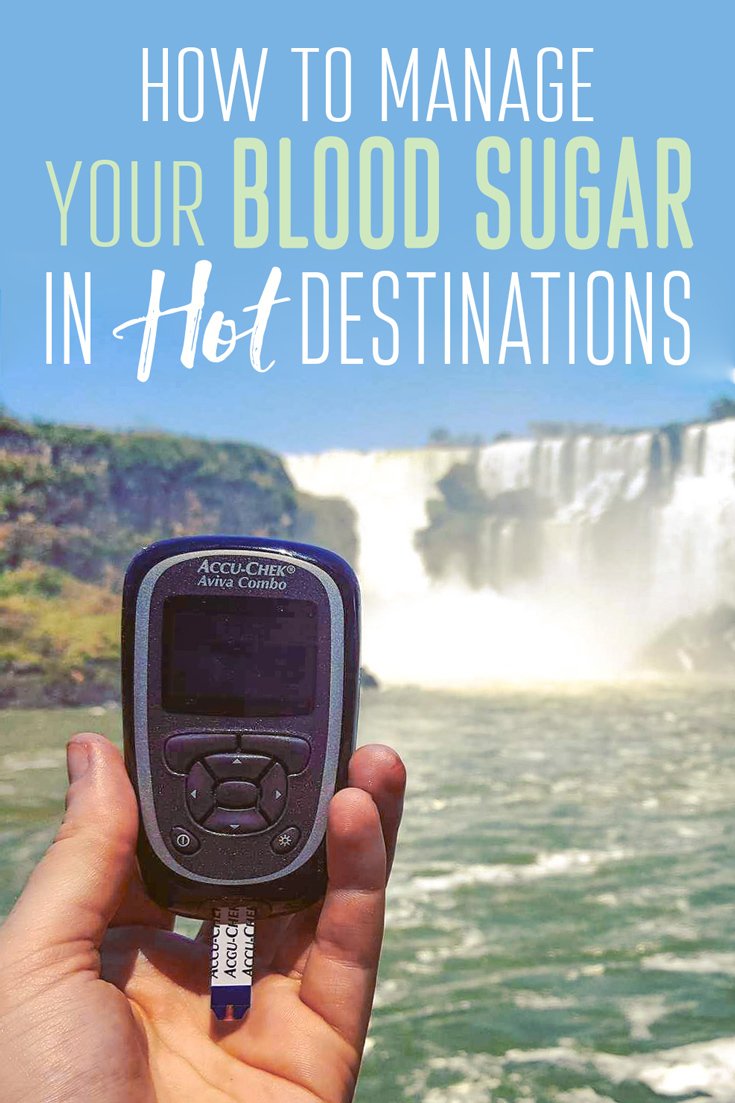
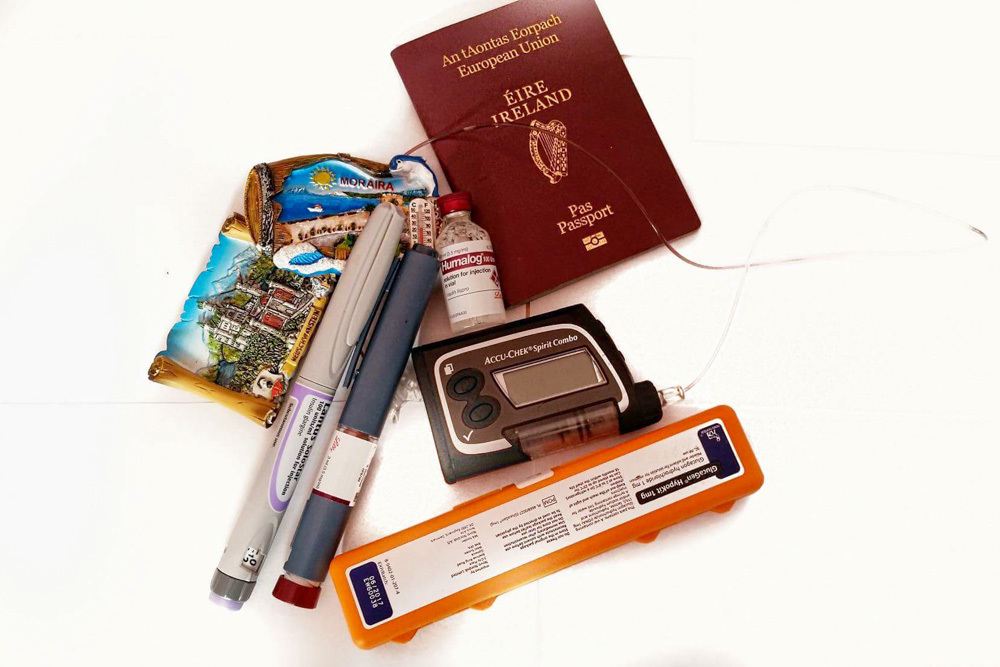
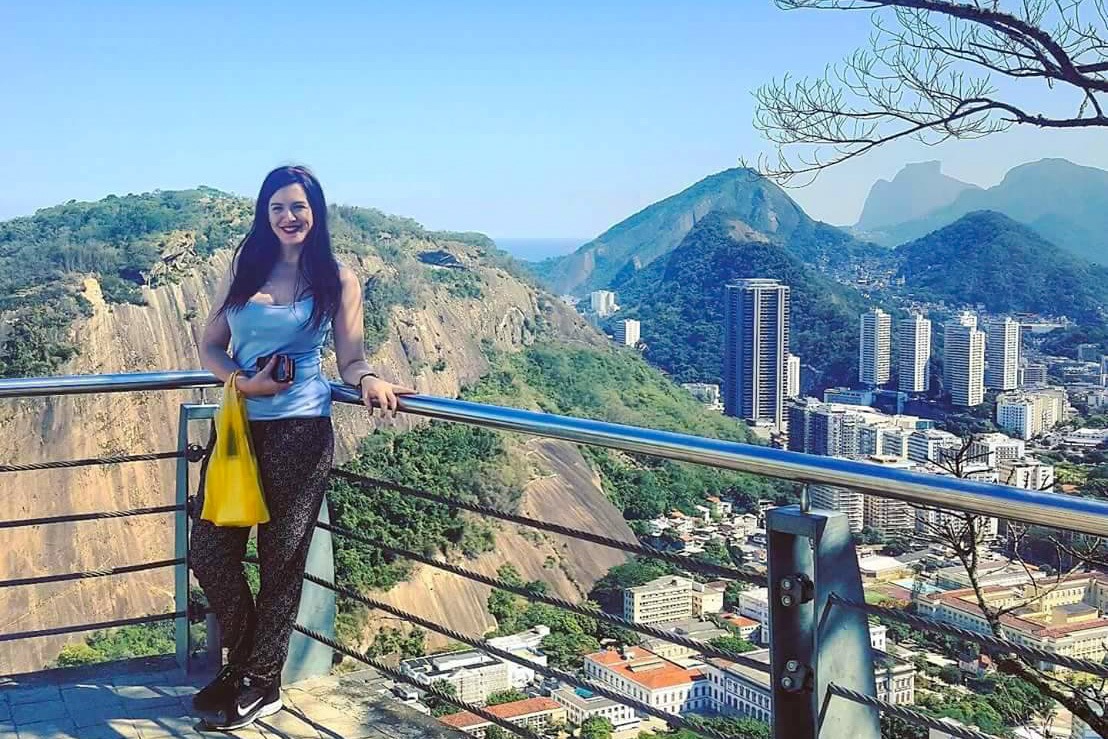
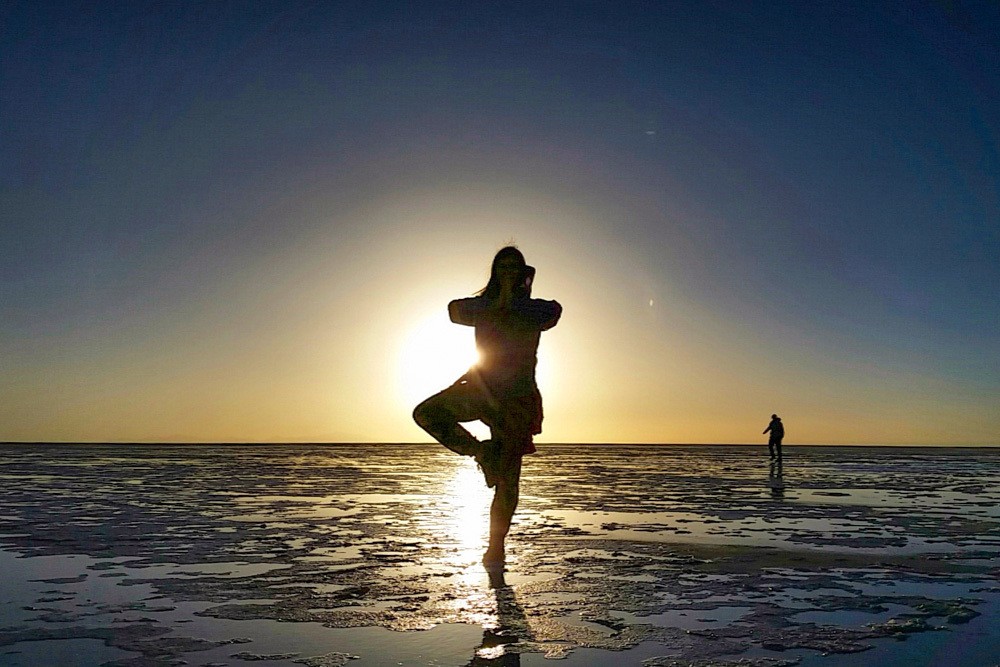
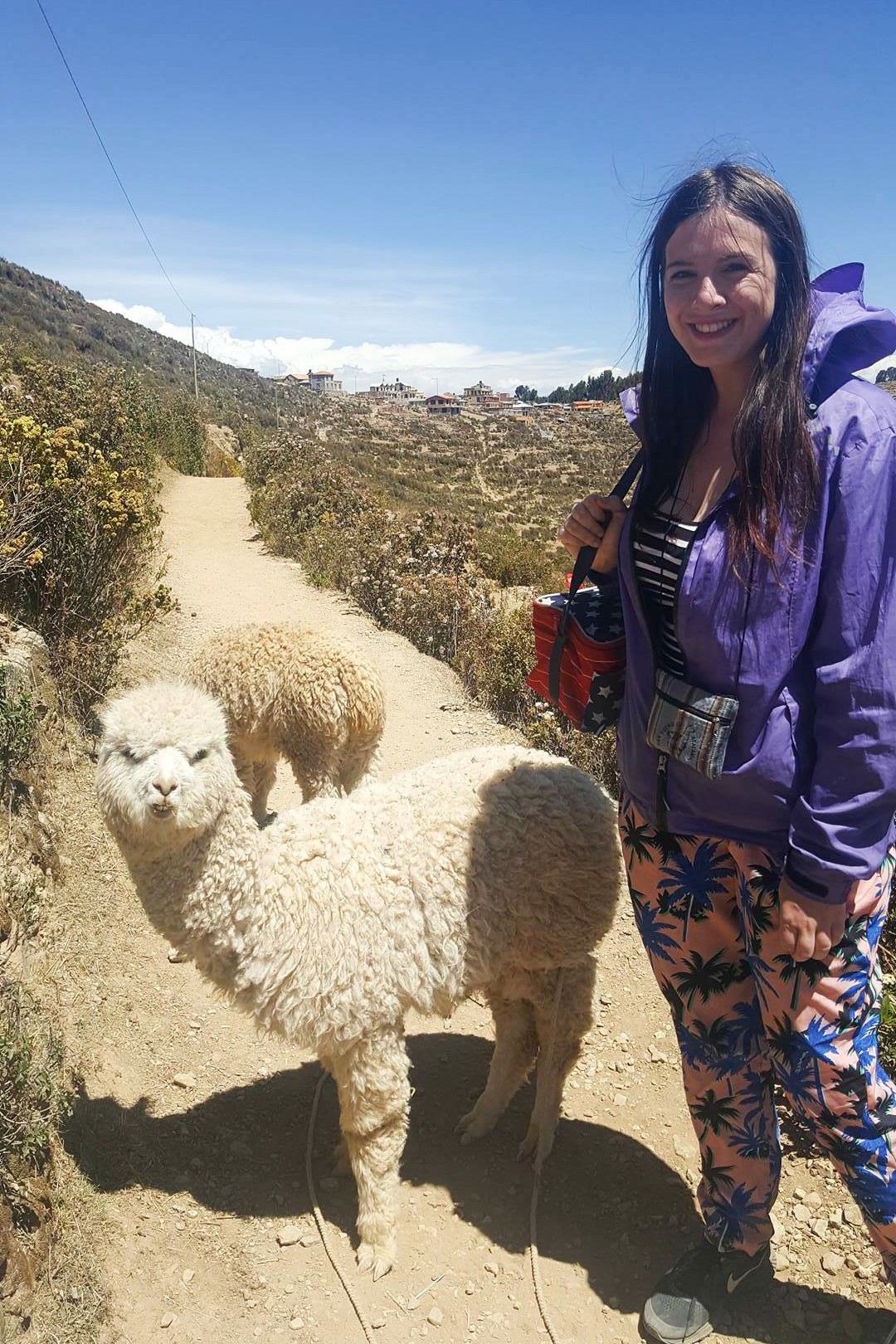
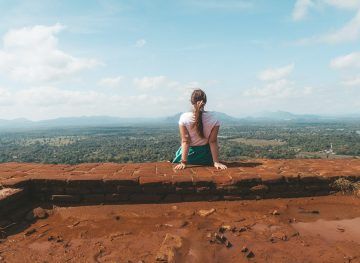
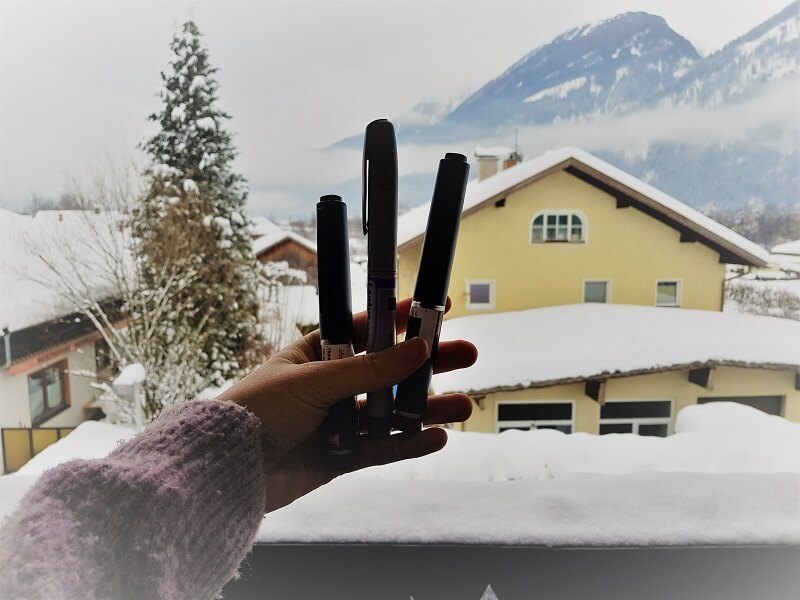

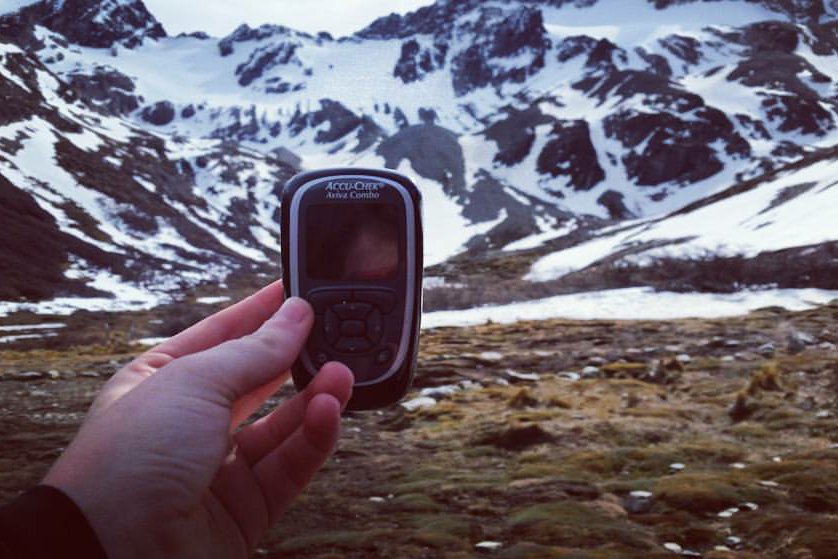
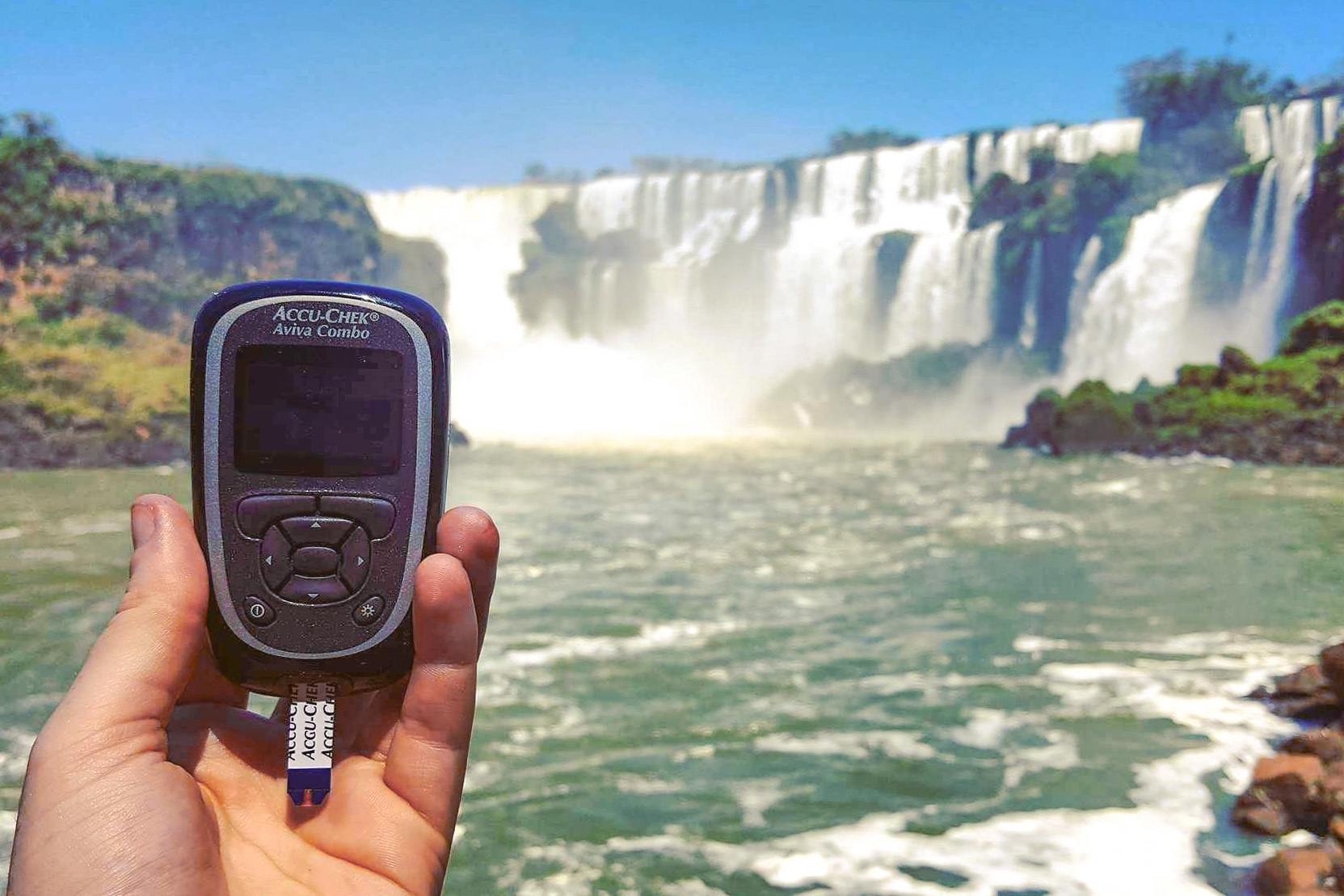





Wow, I love the animal in the picture. Such a cute one, it surely knows how to strike a pose. Anyway, though I am not diabetic but need to ask a question about something. Do you have idea about the blood sugar level chart? I got the gist from this site and I need someone who had used it to help with more explanation
Here is the post; http://healthiack.com/health/what-is-normal-blood-sugar-level
Hi! I don’t have any experience with it personally, but check out the author’s blog here: http://dreambigtravelfarblog.com/ hope you find what you need!
Great tips! My dad’s a type 2 diabetic and I’ve noticed that traveling to different climates does a number on his blood sugar. Hot weather usually means he has to drink more water and relax more.